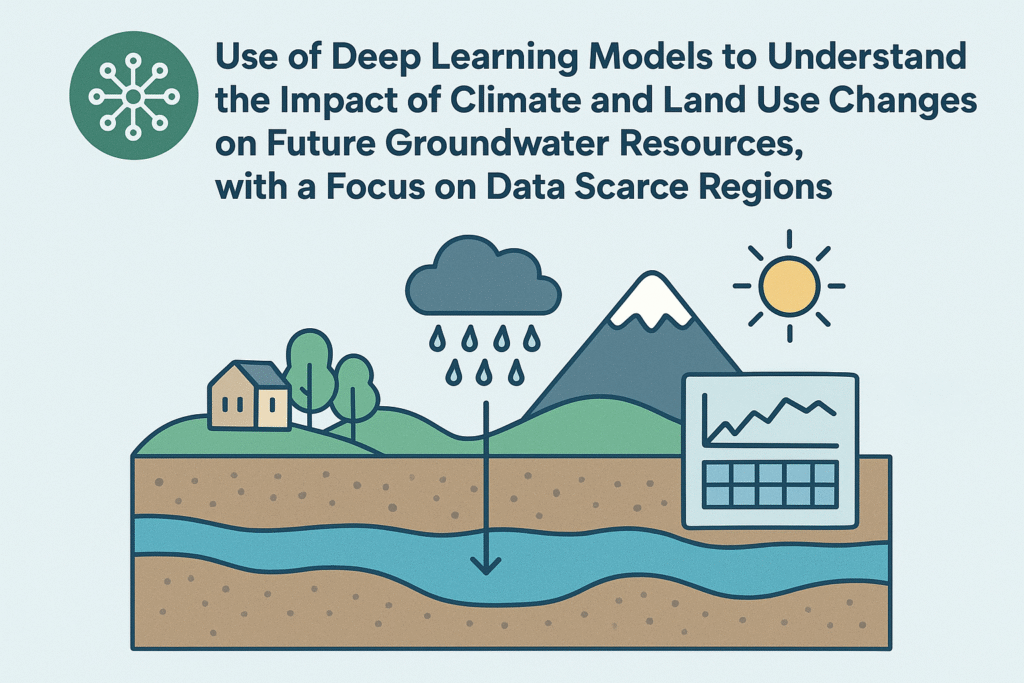ABOUT THE PROJECT
This project aims to develop a high-rate water treatment system for rural and remote regions and communities.
NOTABLE ACHIEVEMENTS (November 2016)
- The research team has developed a wood-fibre membrane for the water treatment system
- The researchers are in the process of developing a portable version of the treatment system for field-based application
- The efforts have led to an invention disclosure for surface-treated cellulose membrane for application in membrane bioreactors for wastewater treatment.
PROJECT UPDATE (April 2016)
A lab-scale vacuum membrane distillation system has been constructed and used to treat several different source waters, including salt water, Lake Ontario water, and secondary wastewater effluent. In all cases, the system could remove physical, chemical, and microbial contaminants from the water, indicating that it can produce drinkable water from many different raw water sources. In order to further test this project, a portable demonstration system is being developed to have better energy efficiency, with the intention of deploying this system for piloting in a First Nations community for pilot testing.
RESEARCH ABSTRACT
This project aims to develop new cost-effective technologies to better protect remote communities from potential contamination in water resources and maintain healthy environments and ecosystems. The primary concern is the potential for the public exposure to waterborne diseases due to the presence of pathogenic organisms. Such organisms often are bound to and transported by suspended particles that can shield them from disinfecting agents. Removal of suspended particles can be achieved by various methods such as screens, membranes, etc. These particle removal operations are often optimized to reduce the total suspended solids (TSS). However, recent study in our group has shown that minimizing TSS does not necessarily result in the best disinfection efficiency. Our studies also show that micro-filtration membrane is a promising technology that is able to significantly improve the quality of contaminated water. Accordingly, the objective of this project is to develop novel robust high-rate water treatment systems that can be readily deployed to remote regions; such as aboriginal communities in Northern Ontario or small communities in India.
Project Team
Dr. Ramin Farnood, University of Toronto
Dr. Vivek Kumar, IIT Roorkee
Partners
University of Toronto
IIT, Roorkee
Current Number of Students: 6
Key Outcomes
Publications: 1
Presentations: 3
Patents: 1



